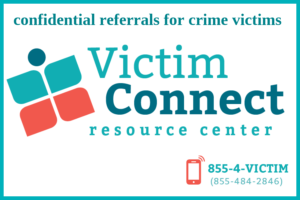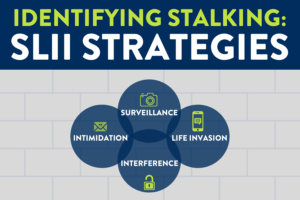NEED HELP TODAY?
If you feel you are in imminent danger or fear a threat of harm, please call 911 immediately!
While SPARC resources can help victims and survivors learn more about stalking, please note that SPARC DOES NOT PROVIDE DIRECT SERVICES TO VICTIMS OF STALKING. If you or a friend are seeking individual assistance, please reach out to your local service provider. Even when the stalking is not related to domestic violence, domestic violence and/or sexual assault service providers are often the right people to contact about stalking.
You can quickly leave this website by clicking the “X” in the top right of any page on our website. Website history can be monitored and is impossible to erase completely. Remember to clear your browser history after visiting this website if you are concerned that someone is monitoring your computer use.
If you do not know how to reach your local service provider, or for additional assistance, you may wish to contact the following hotlines:
















